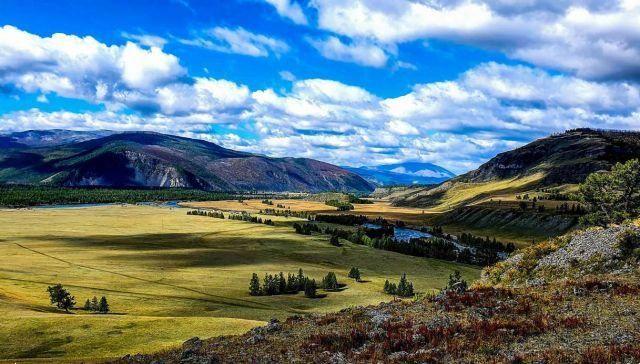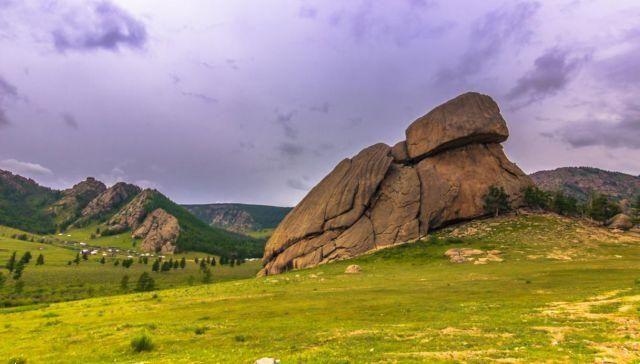One of the most fascinating aspects of traveling to Kyrgyzstan is undoubtedly spending a few days in one yurt with the Kyrgyz nomads, discovering their culture and learning their ancient traditions.
On our journey we came into contact with them: they opened the doors of their yurts to us, welcoming us with open hearts and arms, happy to show us their way of life.
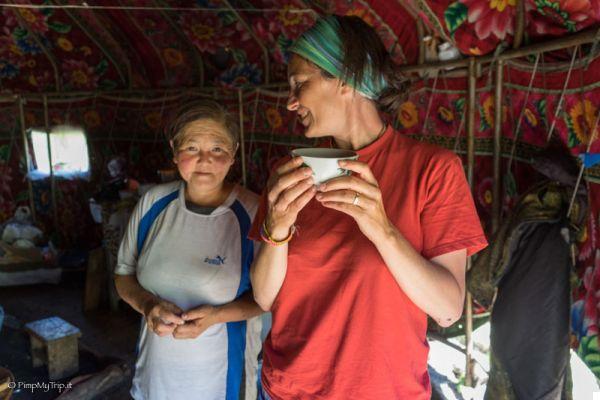
The first time I was invited to a yurt and was offered kumis, the traditional drink
The Yurt, Symbol of Kyrgyz Tradition and Culture
Originating from the area between Siberia and Mongolia, i Kyrgyz nomads they moved here to escape territorial conflicts.
Kyrgyz nomads are shepherds who live according to their animals, moving according to the season.
In the summer the nomads take the animals to the jailoo (high pastures) in the mountains, in the winter they return further down to the valleys to seek protection from the cold and snow.
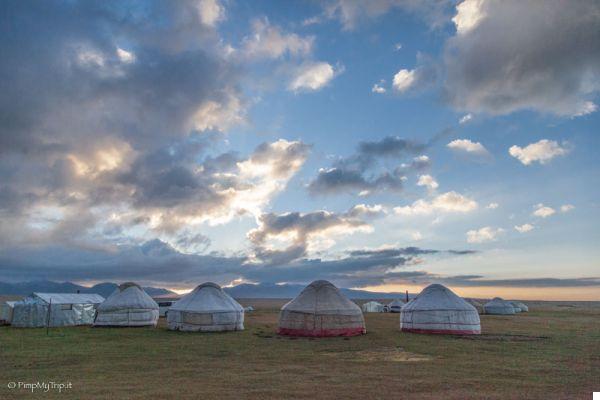
Song Kol yurts operated by Kochkor CBT
The salvation and life of the Kyrgyz nomads still depend today on the health and quantity of their animals, especially horses, to which they are deeply attached, but not only.
There is another thing that is deeply connected to nomadic life, something that has ensured the continuation of this way of life for millennia, while other civilizations changed. There yurt in fact, it allowed nomads to always feel at home, no matter how long and how many kilometers they traveled.
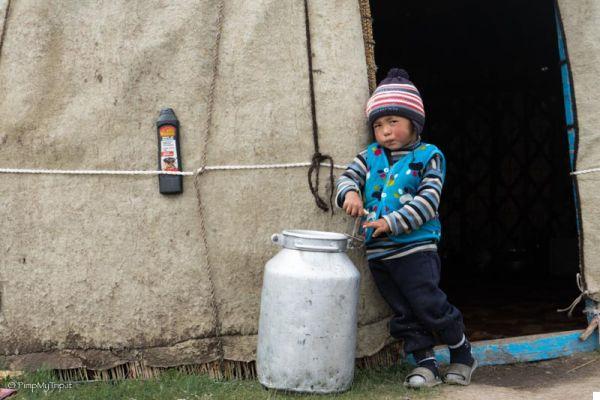
A baby at the entrance to his family's yurt
The Kyrgyz name is boz ui which means “gray house”: even if the yurts of today are finely decorated, in ancient times a high quality felt was not used to be covered. Generally, wool from gray and black sheep was used, while wool from white and better quality sheep was used for clothing.
With the repression of Kyrgyz identity during the Soviet era, many families were forced to stay in villages, but after independence shepherds and ranchers started returning to summer pastures. For them, returning to the jailoos was not simply going back to their yurts, but more than anything else strongly reconnect with their roots and their tradition.
Life in yurts follows the rhythms of the sun, you go to sleep in the dark and wake up in the light. There is no electricity, no clocks, no phone coverage, the pace is slow and most of the day is devoted to housework and taking care of the animals.
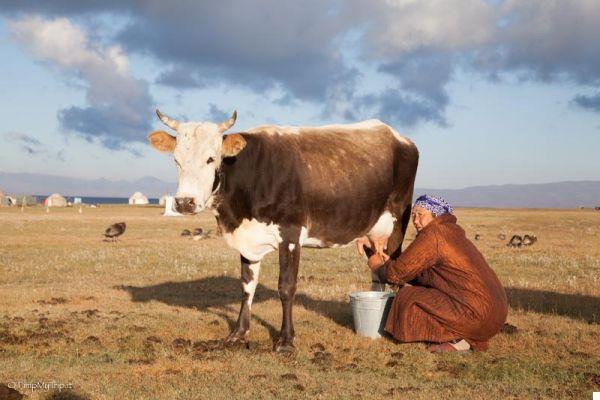
Every morning, at the first light of day, the women go out to milk their cows
Perhaps this is why most tourists are so attracted to spend a few days there, because they have the chance to participate in a lifestyle that is not only part of the Kyrgyz identity, but also of an infinitely large cultural heritage.
Practicality and minimalism
The first time I walked into one yurt I was not able to understand its philosophy and the advantages it brings, from the outside it seemed to me just a simple construction in the shape of a mushroom, without anything excessive.
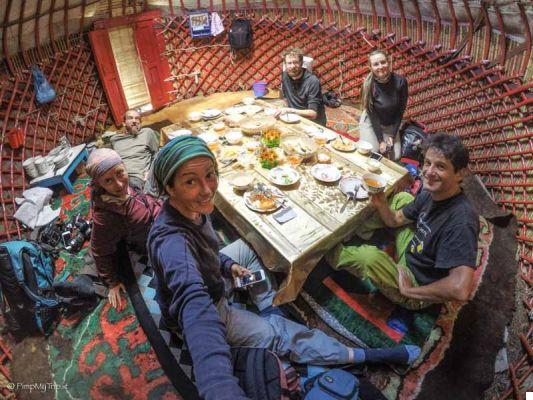
In Kyrgyzstan, people are often invited to lunch in a yurt
it was only after spending a few days there during the trek to Song Kol and after having witnessed its construction and the processing of the felt that I began to understand what the yurt really means in Kyrgyz culture and tradition.
His already simplicity it is a very important symbol. Life always on the move forced the nomads to a minimalistic mindset: they could not possess more than what they were able to carry or more than the bare minimum.
Yurts are simple structures of wood and wool, made only of organic material, not even a nail is needed to build them. Despite this, when I entered I was immediately surprised by the intensity of the colors and decorations.
This does not mean that even the decorations are not minimalistic, on the contrary: it is that every little thing inside has a meaning and every single piece has its own place and its own specific function.
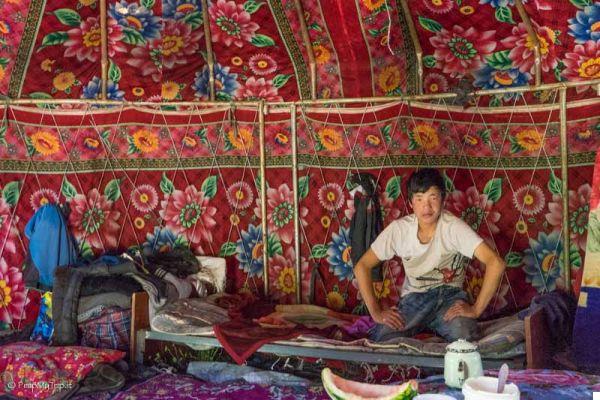
The interior of a yurt is characterized by the intensity of the colors
I felt rugs finely embroidered, which cover the ground and envelop the walls, they have a practical function rather than a decorative one: they keep the temperature constant inside. The strips of cloth and the hanging “tufted” (tassels) are an identifying sign of the family that inhabits the yurt and serve to differentiate it from the surrounding families and also from those of other regions.
The shape of the yurt also has a very specific practical function. With her rounded shape without corners, the yurt is aerodynamic and thanks to this it is able to withstand strong winds and storms. it is easy to heat in winter as the rounded shape allows for better air circulation and the height of the roof is sufficiently far from the ground, thus preventing the floor from cooling down. In summer, the inside of the yurts stays cool because the heavy layers of felt insulate it from the heat of the sun.
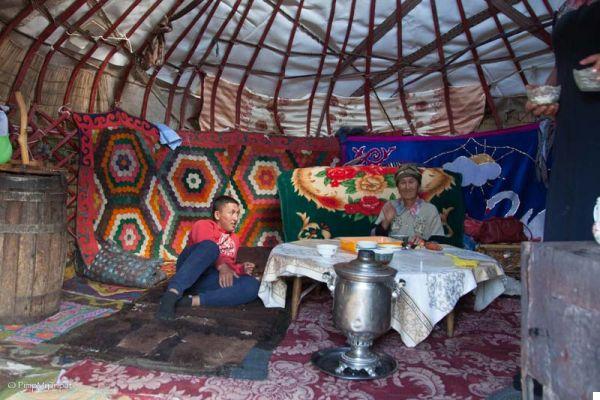
The interior of a yurt is figuratively divided into 5 sectors
The yurt is easily disassembled and reassembled: it takes about an hour to assemble a medium-sized yurt that can accommodate a family, but in the last World Nomad Games of 2016 the construction record of 15 minutes was also reached.
Although it can weigh up to 150 kg, a yurt can easily be packaged and transported on animals when it comes time to move.
Internal division
When you enter a yurt you are faced with a unique space. In reality, each yurt is figuratively divided into 5 parts.
La left side of the yurt was the women's area, where they kept their things and kitchen tools, while the right side it was for men and their hunting tools. Left and right sides were divided by the central of the kitchen, where the fire was. Today the yurts are used only in summer and the central fire no longer exists, a stove is used in its place on which one cooks.
When visitors or guests are welcomed into the yurt, the most prestigious area of the yurt is dedicated to them, namely the area right near the entrance called tör. Today guests also sit around the tables that are set up for lunch and dinner.
La fifth area is the entrance to the yurt: the Kyrgyz say that looking at the entrance to the yurt one can imagine how it is inside.
How is a Yurt built?
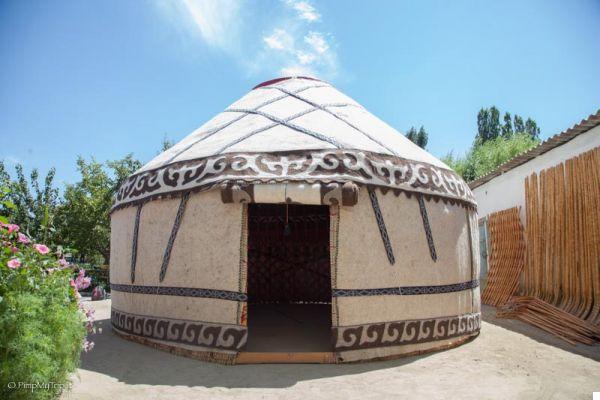
In the village of Kyzyl-Tuu, 50 craftsmen continue to practice their craft as yurt builders
During the trip we went to the village of Kyzyl-Tuu where about 50 craftsmen live and practice their craft as yurt builders. Kyzyl-Tuu yurts are famous for their high quality and are exported all over the country.
Probably if you are staying in a yurt in the pastures, this one was built right in Kyzyl-Tuu.
In Kyzyl-Tuu we witnessed the demonstration of how to build a yurt.
The construction of a yurt cannot be done by one person but requires team work. Friends and relatives lend a hand to the family to build it.
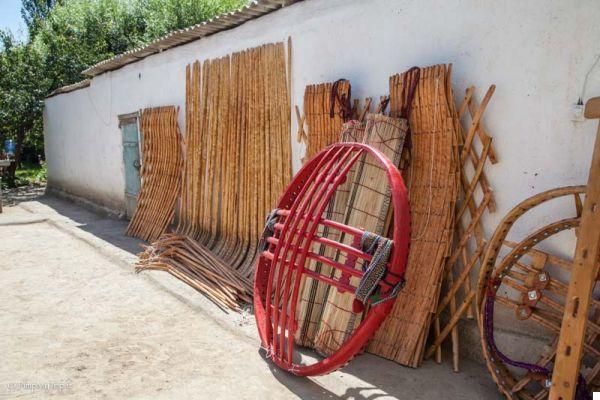
The wooden elements necessary for the construction of a yurt
The soul of the yurt is a wooden structure. The wood is harvested in winter, kept for a period to dry and then processed.
In order to give the wood its curved shape, the wood is heated with steam, after which it is carefully cleaned and then painted red: red for the Kyrgyz culture represents the color of protection and beauty.
The woods are then assembled and tied together to form a first circular structure: the first step is then to assemble the kerege, that is the round frame and then the door.
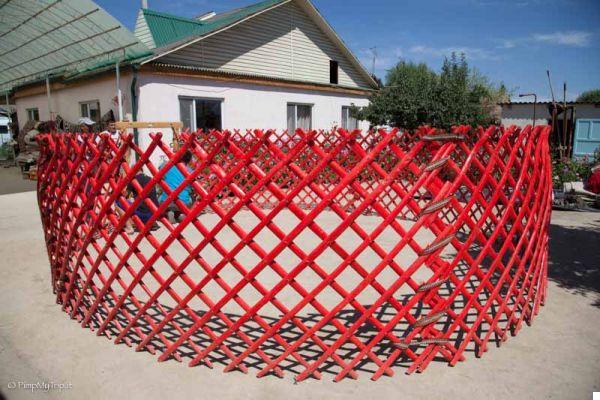
The kerege, the circular wooden structure that forms the “walls” of the yurt
At this point there is the most important and delicate part of all: a wooden circle is hoisted on the top of the yurt, the tündük (TOON-dook). The tunduk represents unity and is so important as a symbol that you can also find it in the flag of Kyrgyzstan surrounded by 40 sunbeams representing the 40 nomadic tribes who fought together against the Mongols in the historical legend of Manas.
Watch the timelapse of how a yurt is built (credit @ thecrowdedplanet.com):
The moment in which the tündük is hoisted is considered a sign of peace and luck: its meaning is in fact that no battle is taking place, one is at home.
The tündük is lifted by a man with a special stick, the ukuruk, while the others help to fix the sticks that connect the tündük with the kerege, to form the roof of the yurt. The sticks, called uuk, are inserted into holes dug around the circumference of the tunduk.
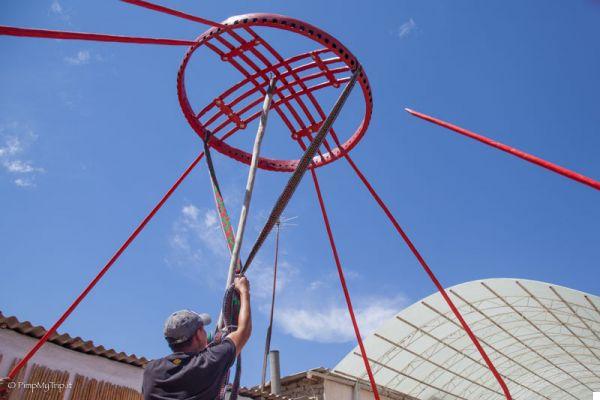
While one man holds the central tunduk up, the others insert the uuk that will form the roof into the side holes
The uuk are then attached to the kerege and are fastened to each other with a woolen ribbon called uuk tangych.
the next step is to wrap the kerege on the outside with bundles of straw (kanat chiy) which can sometimes be finely decorated.
The final step is to cover the yurt with layers of felt called guise.
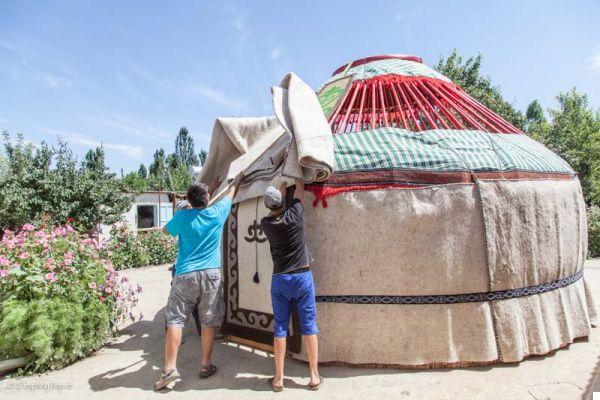
The final phase of the construction of the yurt: cover it entirely with layers of felt (the guise)
To book and watch the construction of a yurt, head to the town of Kyzyl-Tuu and contact Tolosun by email: tolosunb@gmail.com or via cell to +996 700411011
Felt Processing and Decorations
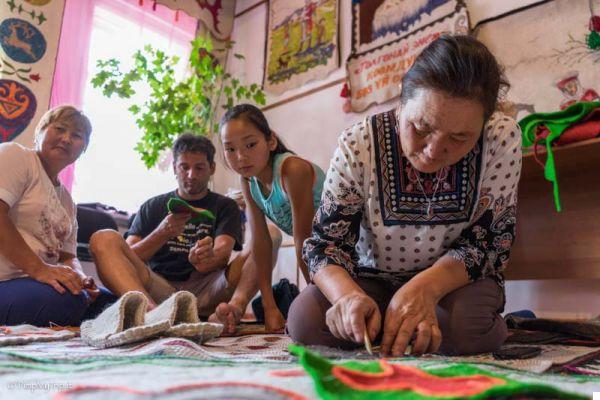
A handicraft lesson, learning how to embroider a shyrdak
From generation to generation Kyrgyz men and women have passed on to their children the art of building and decorating yurts. If the construction of the yurt was an exclusively male task, the same goes for the decorations. It was in fact the women who took care of it entirely.
During the day I witnessed the construction of the yurt I also took part in a craft lesson to see how felt is created.
The first step to obtain it is naturally to shear the sheep after which the wool is cleaned and spread on a chi (bundles of straw). The felt and chi are then rolled up and wetted with boiling water. This is an important phase of the process and must be carried out with great care as the quality of the final product depends above all on this step. Then the "tube" is tied and beaten with the feet to remove the water and then left to rest for about 30 minutes.
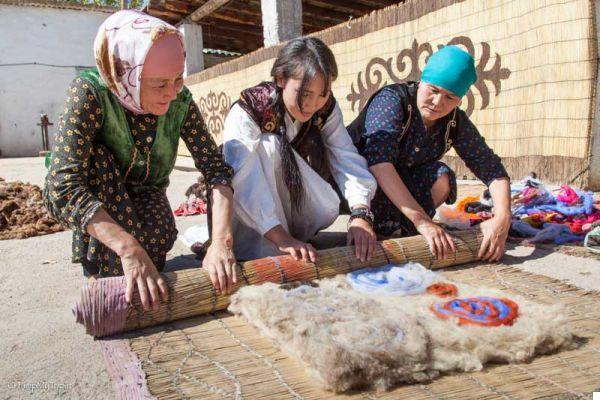
The wing guise is another type of carpet, obtained from a single layer of felt. To do this, the same procedure is used to create the guise
After letting it rest, the felt is unrolled and rewound in the opposite direction. At the end of this procedure (of which the rolling / unrolling phase is now mostly carried out industrially) the felt layer is washed and left to dry.
The felt drapes thus obtained are used both to cover the yurt externally, and to then create the carpets that will cover the floor and the internal sides: the shyrdak and the ala guise.
These rugs not only serve to maintain the temperature in the yurt, but also to decorate it with their particular colors and designs.
Each drawing of the shyrdak has in fact a particular meaning. For example, the design "ram's horn" is the symbol for prosperity, the "sacred mother" a symbol of protection against bad luck, while the "crow's claw" symbolizes leaving a trace.
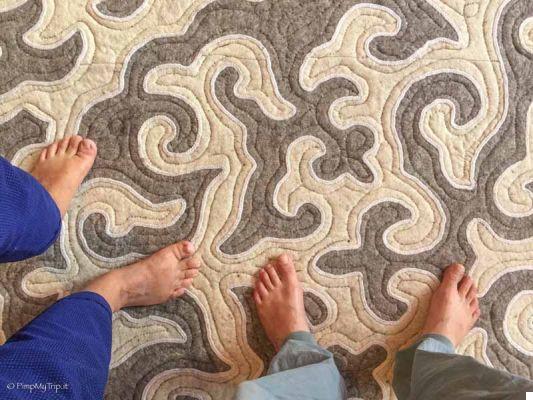
A kind of "drawing" of the shyrdak
Another type of carpet is the guise wing (or alakhi) and the process to create it is much simpler and faster than that of the shyrdak. The wing guise is made from a single layer of felt and is very thin. To make them, colored wool of different colors is used which is spread on the chi, already forming the final design. Then the chi is rolled up and sprinkled with boiling water according to the same procedure used to form the guise.
Felt making is, like the yurt, a huge part of the Kyrgyz tradition. In 2012 Kyzyl-Tuu hosted “World of Felt” a three-day festival that celebrates the Kyrgyz culture and, above all, the processing of felt.
The yurts are not only decorated with carpets but also with other elements. One of them is the colored tassels. Traditional tassels generally come in two sizes: the smallest, which are called chachi (which means “hair”) and are of different colors, are used to decorate the kerege.
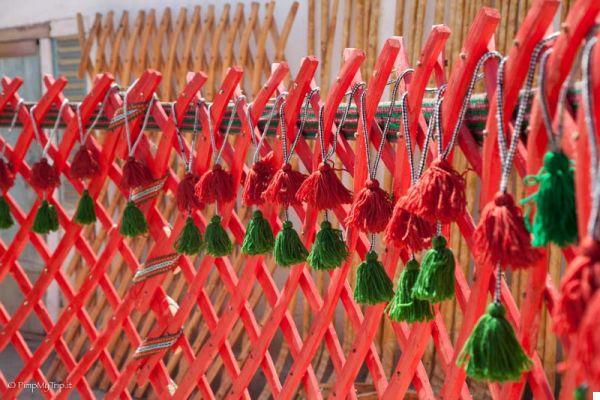
The traditional tassels called chachi
The largest tassels are called chayan instead and are hung from the ceiling of the yurt. The chayans are very long and are generally in pairs of two: more than 30 meters of wire are used to make them.
To take part in a craft and felt-making lesson, you can contact:
- Golden Thimble (Altyn Oimok) a Bokonbaevo: Janil Baishova, the organization's founder, is passionate about Kyrgyz craftsmanship techniques and teaching them to younger generations. The shyrdak and ala guise produced here are of the highest quality and have also won awards from UNESCO and other organizations. If you don't have room in your suitcase to take home a shyrdak there are many other smaller pieces of crafts to buy as a souvenir or as a gift.
- At Tolgonai NGO in Karakol: Damira learned craft techniques from her grandmother and founded this organization where she passes her art to young women to make them independent. Here, too, all the craftsmanship you find is of the highest quality. To book and organize your felt making lesson, please contact Destination Patrol.
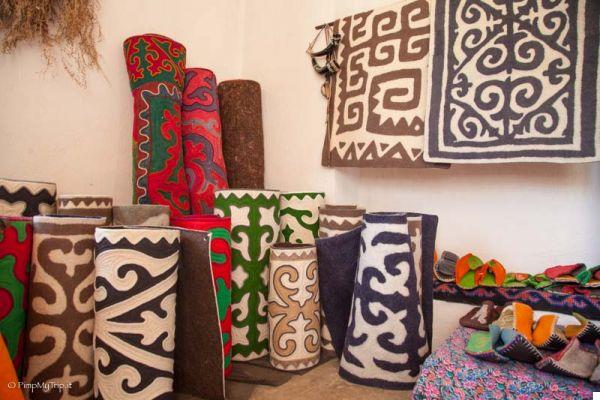
Felt rugs: shyrdak and ala guise
La Yurta in Mongolia
Mentioned for the first time in history by Herodotus about 2500 years ago, the yurt was part of the nomadic peoples of all Central Asia for at least 3 millennia.
The present name comes from the Russian “yourta” (юрта) ma in Mongolia it is known as ger (or gher) which simply means "home".
While the Kyrgyz and Kazakh yurts are practically the same, the Mongolian gers have a different structure, despite maintaining the circular shape.
The main difference between yurt and ger is the shape of the roof. In yurts, the uuk (sticks) that hold up the central tunduk are curved from one point onwards (the part that is then fixed to the kerege) forming a dome and thus unloading the weight of the roof onto the kerege.
In the gers, on the other hand, the uuk are straight so the weight of the roof falls centrally: hence the need to have two internal central pillars to support it.
As a result, the Kyrgyz yurt has a more elegant shape and is taller, while the ger is easier to build and transport. Both therefore have advantages and disadvantages and it cannot be said that one type is better than the other.
In addition to this basic difference there are also a number of other different characteristics between yurt and ger.
For the Mongols theorientation of the ger it is a symbolic factor: the gers are always built with the entrance to the south, while the northern part is a special place, intended for sacred objects and visitors. The side for men is the western side, while the side for women is east.
Inside the ger the decorations have also suffered a strong Buddhist influence: the shapes, patterns and colors used express a fusion between simple and traditional shapes with Buddhist symbology and aesthetics. The main color used in the gers is orange, the color of the monks.
Disclosure: my experience in Kyrgyzstan is the result of a USAID (United States Agency for International Development) tourism development project. The contents are solely the responsibility of the author and do not necessarily reflect the views of USAID or the United States Government: as always, all thoughts and information, the how, what and why, are entirely personal.





